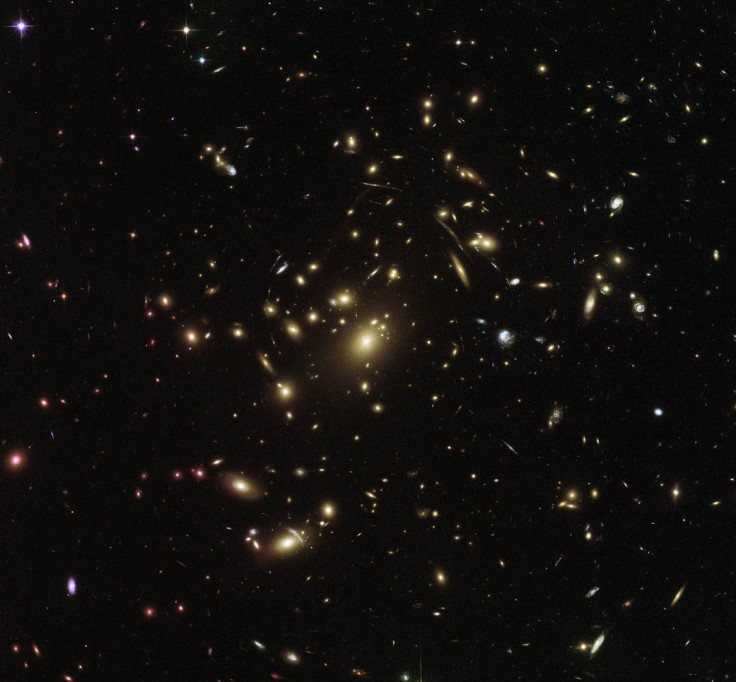Hubble finds cluster of galaxies with gravity so powerful it warps light and magnifies itself
Gravity warps light that leaves the galaxy cluster, making it a lens to get a better view of the region.

The Hubble space telescope recently found a galaxy cluster containing thousands of star systems held together by their own gravity. The gravity surrounding the cluster is so strong that it actually warps spacetime around itself.
Everything in its path, including the light that leaves or enters the cluster is affected in some way. The image that Hubble captured was magnified by this effect, says Nasa. The galaxy cluster, called Abell 2537, is among the largest structures that are held together by their own gravity in the universe.
The reason why these clusters are studied, according to the space agency, is because they offer insights into dark energy and dark matter – matter and energy that make up bulk of the mass of the universe, but has never been actually observed. While there are valid arguments against the very existence of dark energy and matter, the accepted hypothesis is that they exist and that they are vital to the existence of the universe.
Nasa reports that there is so much matter stuffed into the Abell 2537 cluster that its collective gravity, that includes literally thousands of galaxies, could each be as big or even larger than the Milky Way.
Since Abell 2537 is as large as it is, its gravity warps the structure of the environment it finds itself in. Light, as a result, follows distorted paths through space. In this case, it has produced a magnifying effect. This means, from Hubble, near Earth, it is possible to observe objects that lie at the far end of the cluster, sometimes even behind it. If not for its magnification effect, it will not be observable from Earth, or in this case, Hubble.
Nasa says that Abell 2537 acts as a particularly powerful lens. That is why there are streaks and arcs on the image captured by Hubble. These smears of colour and light are in fact whole galaxies that get distorted by the powerful forces of gravity as they travel towards Earth.
According to Nasa, this image was captured by Hubble's Advanced Camera for Surveys and Wide-Field Camera 3 as part of an observing programme called RELICS.
Only recently, another galaxy cluster was found lurking in the night sky, captured using ESO's Very Large Telescope in Chile. A cluster of 72 galaxies was found.





















